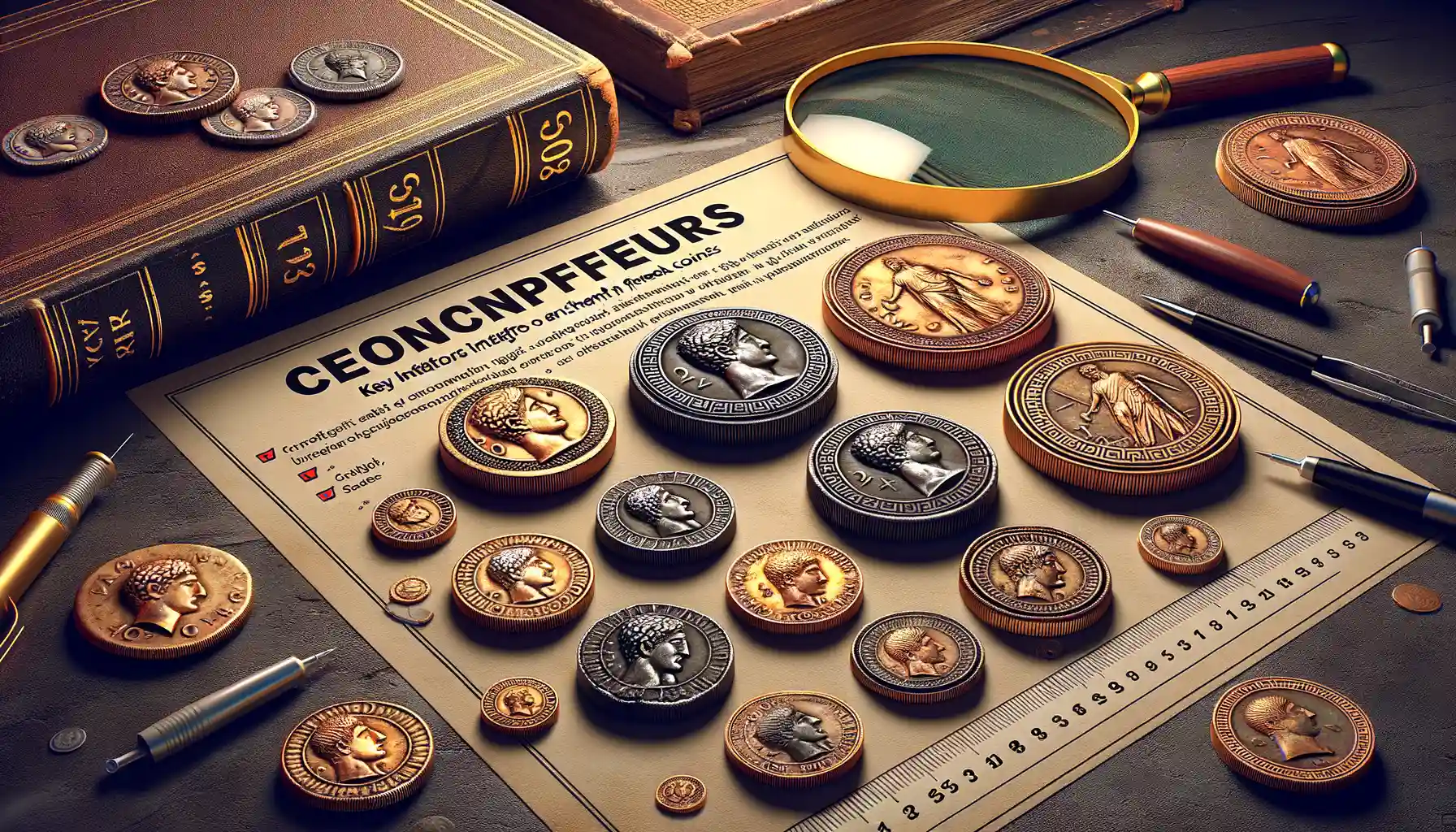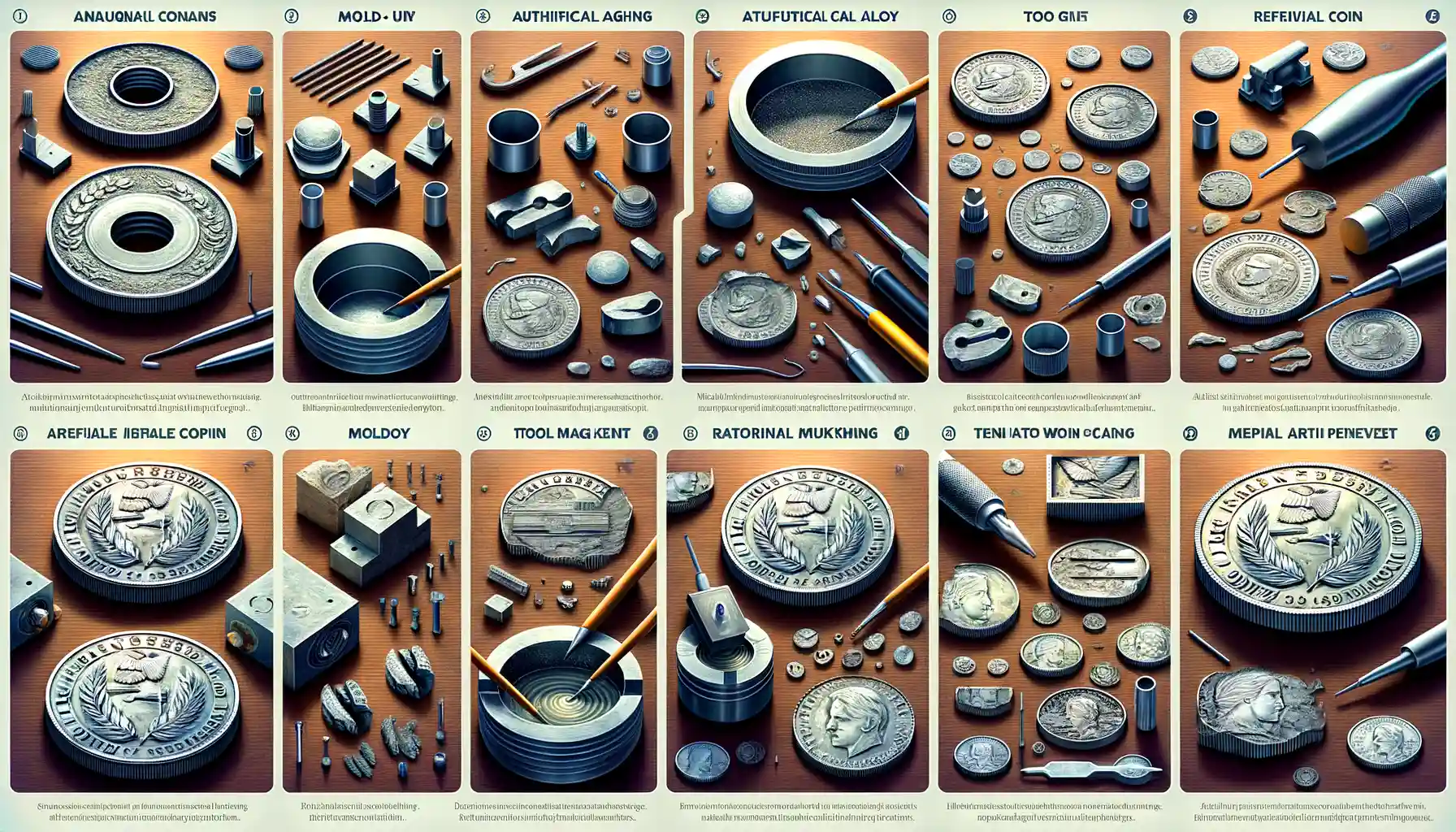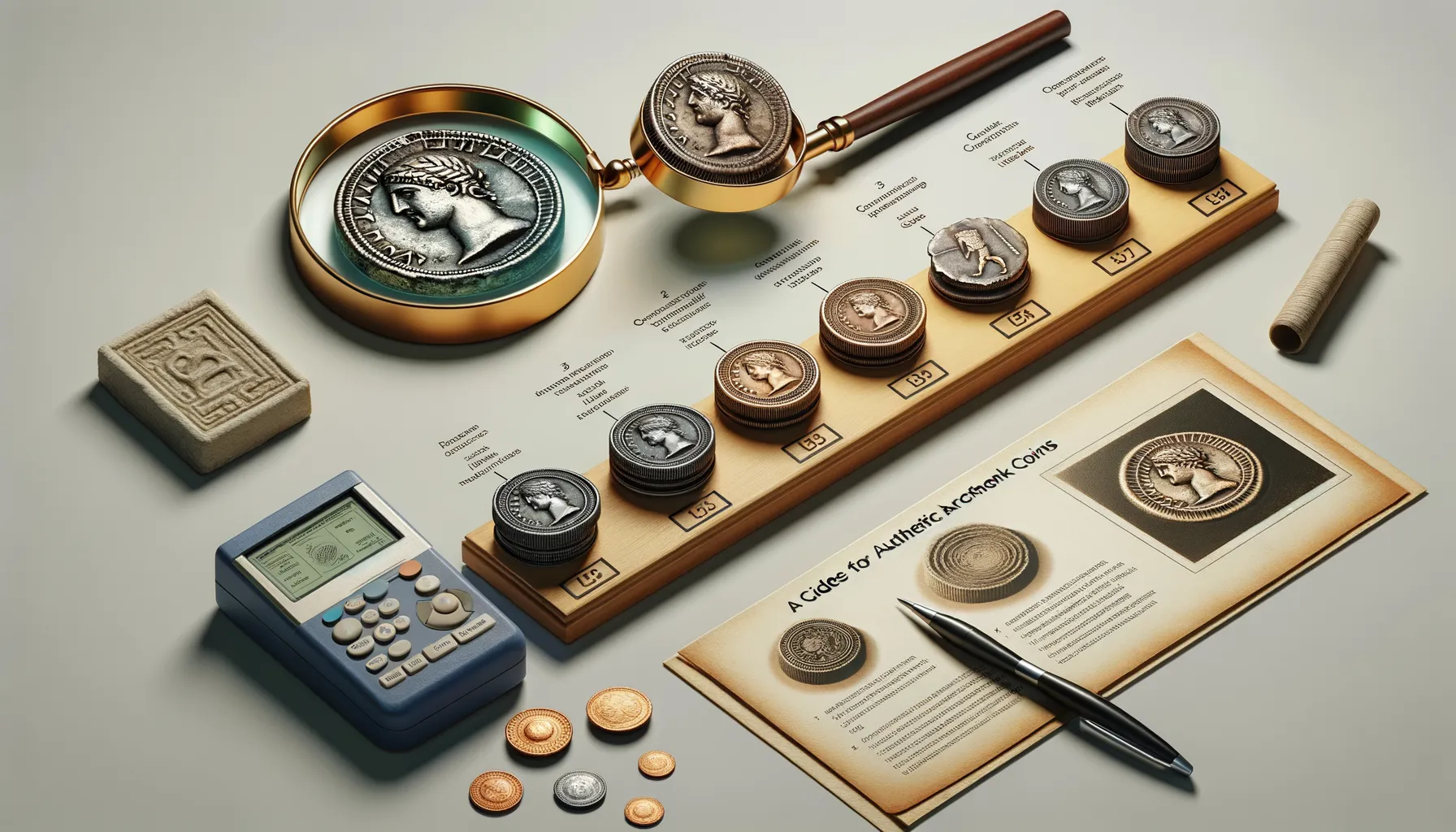Understanding the Characteristics of Authentic Ancient Greek Coins
The Unique Beauty of Ancient Greek Coinage
Authentic ancient Greek coins tell stories — not just about history but about craftsmanship that feels almost alive in your hand. Each genuine coin is like a fingerprint, utterly unique, shaped by the hands and minds of artisans thousands of years ago. One way to feel their authenticity is by looking closely at the artistry. These coins boast intricate and deeply carved designs, often depicting gods like Zeus or Athena, mythical creatures like Pegasus, or important symbols like the owl for wisdom. The detail is breathtaking, far beyond what modern counterfeits typically achieve.
Look for imperfections, too! Real coins minted using ancient techniques may show slight irregularities: uneven edges or faint off-center strikes. This isn’t carelessness; it’s humanity etched in metal. If it looks too perfect, too polished, that’s when suspicion should creep in.
Material and Texture: Touching the Past
Ancient coins were made from silver, gold, or bronze and over time develop a distinct patina — a soft sheen or subtle discoloration caused by centuries of aging. Gently run your fingers across it. Authentic coins feel textured, even slightly gritty, unlike the suspicious smoothness of modern fakes.
Familiarize yourself with weight. Genuine Greek coins have a heft that feels “just right.” Here are critical elements to pay attention to:
- Minted weight: Ancient coins adhered to specific weight standards depending on their type, like the silver drachma.
- Composition: A mix of precious metals and historical accuracy that modern replicas often fail to mimic.
Learning these nuances will help you uncover the whispers of history hiding in these remarkable artifacts!
Key Indicators of Counterfeit Greek Coins

Details That Raise Red Flags
Picture this: you’re holding what appears to be a stunning ancient Greek coin. The weight feels just about right, the shine almost whispers authenticity—but something doesn’t sit well. Enter the world of counterfeit clues.
To the trained eye, fakes often stumble over the fine details of craftsmanship. Let’s talk inscriptions and designs: authentic Greek coins are renowned for their sharp, confident engravings. Counterfeits? They sometimes appear fuzzy or uneven—as if the artisan behind them had shaky hands or a rushed agenda.
Here’s a golden rule: check the edges. Authentic coins were struck, not cast, leaving behind clean, tactile ridges. Cast counterfeits? Their edges betray tiny bubbles or seams from the molds used.
- Weight discrepancies: Counterfeits often feel lighter or heavier than their genuine counterparts—precision is key here.
- Metal anomalies: Real ancient Greek coins were made predominantly from silver, gold, or bronze. Fakes might show an odd, overly shiny surface or tarnish inconsistently with age.
Trust your instincts! A coin that looks “too good” may actually suffer from the over-polished gleam of modern tampering. Sometimes, authenticity lies in subtle imperfections caused by centuries of history—not perfection.
Signs in Wear and Patina
One of the first things collectors notice about ancient Greek coins is their deep, natural patina—an honest sign of aging. Forgeries, on the other hand, often sport an artificial look, as though someone tried too hard to mimic decades of wear overnight.
Take a closer look at areas like crevices around the motifs. Original coins usually boast consistent wear patterns, while counterfeits may display unnatural or uneven scratching—proof of forced distressing. Similarly, be wary of coins that look brand new or untouched; it’s rare for a 2000-year-old artifact to emerge unscathed by time.
When in doubt, don’t dismiss your gut feelings. Something as small as an odd glint under the light could be the whisper of a story too good to be true.
Common Techniques Used in Coin Forgeries

Ancient Tricks for Modern Deception
Counterfeiters, both ancient and modern, are crafty—almost like magicians attempting to cast illusions. They don’t just rely on one sleight of hand; they have a bag of tricks they dip into. Understanding these devious techniques can be your best defense.
One widely used method is casting. Picture this: a fake coin is born by pouring molten metal into a mold made from an authentic coin. The issue? These replicas often betray themselves with telltale signs like tiny pockmarks or soft details where the molten liquid didn’t settle perfectly.
Then there’s engraving. This technique reminds me of an artist trying to imitate a signature but never quite capturing the original’s spirit. Here, forgers manually carve designs onto blank coins, yet their handiwork can seem too angular, lacking the fluidity seen in genuine coins struck from ancient dies.
Each counterfeit coin holds clues to its deception. Spotting them is less about seeing through a trick and more about understanding its mechanics.
Steps for Authenticating Ancient Greek Coins

Unveiling the Secrets Behind Ancient Coin Authenticity
Imagine holding an ancient Greek coin in your hand—a piece of history, weighty with stories of gods, warriors, and bustling marketplaces. But how do you know if it’s genuinely ancient or just a cleverly crafted imposter? Let’s break it down step by step.
- Examine the craftsmanship: Ancient Greek coins were struck, not cast. Look for sharp details, especially in the inscriptions and designs. Coins showing overly perfect symmetry or poorly rendered images might be red flags.
- Feel the texture: Authentic coins often exhibit a slightly rougher surface due to centuries of wear, while modern fakes commonly feel too smooth and “new.” Trust your fingers—they’re great detectives.
- Check the patina: Over time, genuine coins develop a distinctive layer (often greenish or brown) that speaks of age and chemical reactions. Artificial patina often looks forced or too uniform.
Tools and Tests Every Collector Should Know
When in doubt, science can lend a hand! Portable XRF machines can reveal a coin’s metal composition—authentic coins often contain specific alloys unique to their era. Weighing the coin is another trick; counterfeit pieces may either feel suspiciously light or unusually heavy.
Lastly, don’t underestimate the power of expert consultation. A seasoned collector or numismatist can spot flaws that even a microscope might miss. Think of them as your personal coin detectives!
Tips for Purchasing Coins Safely

How to Begin Your Coin-Buying Journey
Purchasing ancient Greek coins is like stepping into history’s treasure chest. Yet, diving headfirst without preparation can feel a bit like walking blindfolded into a minefield. Want to avoid costly mistakes? Let’s map out the safe path together.
First and foremost, find a reputable dealer or auction house. This isn’t just about reputation—it’s about trust. Seek dealers endorsed by respected organizations like the International Association of Professional Numismatists (IAPN). And here’s a tip from savvy collectors: always ask for a certificate of authenticity. If a seller fumbles at this question, it’s probably your sign to walk away.
When buying online, sharpen your eye. Scour through a seller’s reviews and examine their return policy with a lawyer’s attention. No clear returns? That’s as shady as the Trojan horse was clever.
- Request high-resolution images before committing. Zoom in—scrutinize every detail.
- Be cautious if the price seems “too good to be true.” Rare coins rarely ride low.
Red Flags That Should Halt Your Purchase
Some warnings scream louder than others in this world. Unwillingness to answer your questions? That’s a glaring red light. Lack of provenance—the coin’s ownership history—is another. Think of provenance like a signed letter from history itself, whispering “I’m the real deal!”
Lastly, trust your intuition. A twinge of doubt often knows more than we do. Would you buy a diamond in the dark? Ancient coins deserve no less vigilance.
